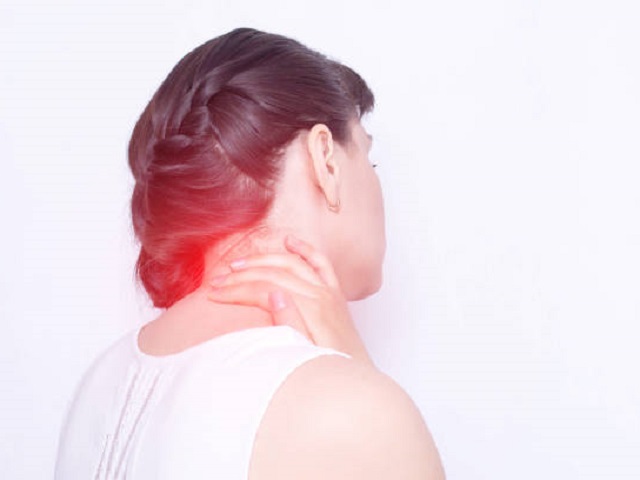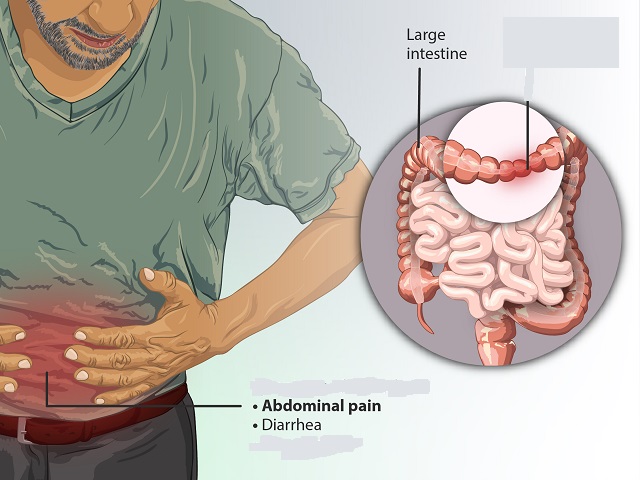9 Signs You May Have Blepharitis -- Symptoms, Causes, Effects, Treatment and Prevention
Blepharitis is a common eye condition characterized by inflammation of the eyelids, specifically the areas where the eyelashes grow. It can result from various factors, including bacterial or fungal infection, eyelid dysfunction, or underlying skin conditions. It is a chronic inflammation of the eyelids, often affecting both the upper and lower eyelids. It can be classified into two main types: anterior blepharitis, which affects the front part of the eyelids near the eyelashes, and posterior blepharitis, which affects the inner eyelid and meibomian glands. Here is a brief explanation of blepharitis, along with its symptoms, diagnosis, causes, effects, treatment, and prevention:
Symptoms of Blepharitis:
The symptoms of blepharitis may include:
- Redness and swelling of the eyelids
- Itching or burning sensation in the eyes
- Irritation or grittiness
- Crusty or sticky eyelashes
- Watery eyes
- Sensitivity to light (photophobia)
- Flaky or scaly skin around the eyelids
- Loss or misdirection of eyelashes
- Foreign body sensation in the eye
Diagnosis of Blepharitis:
The diagnosis of blepharitis is typically made by an eye care professional, such as an ophthalmologist or optometrist. It may involve the following:
- Comprehensive eye examination, including examination of the eyelids, eyelashes, and tear film
- Evaluation of symptoms and medical history
- Assessment of tear quality and quantity
- Use of special instruments, such as a slit-lamp, to visualize the eyelid margins and meibomian glands
- Examination of eyelid samples under a microscope (in some cases)
Causes of Blepharitis:
Blepharitis can have several causes, including:
- Bacterial or fungal infection of the eyelids
- Dysfunction of the oil-producing meibomian glands
- Seborrheic dermatitis or other skin conditions affecting the eyelids
- Allergic reactions to certain substances or cosmetics
- Demodex mite infestation of the eyelashes
Effects of Blepharitis:
If left untreated or not managed properly, blepharitis can lead to various complications, including:
- Chronic eye discomfort and irritation
- Recurrent eye infections, such as conjunctivitis or styes
- Dry eye syndrome or tear film instability
- Meibomian gland dysfunction or blockage
- Corneal inflammation or damage (in severe cases)
Treatment of Blepharitis:
The treatment of blepharitis aims to control symptoms, manage underlying causes, and improve eyelid hygiene. It may involve:
- Warm compresses or eyelid scrubs to remove crusts and debris
- Antibiotic or antimicrobial ointments or drops to treat infection
- Eyelid massages to promote oil gland function
- Artificial tears or lubricating eye drops to relieve dryness and discomfort
- Medications, such as corticosteroids or immunomodulators, for severe cases
- Regular eyelid hygiene practices, including gentle cleaning and avoidance of irritants
- Treatment of underlying skin conditions, if present
Prevention of Blepharitis:
To prevent blepharitis or reduce its recurrence, the following measures may be helpful:
- Practicing good eyelid hygiene, including regular cleaning of the eyelids and eyelashes
- Avoiding rubbing or touching the eyes with dirty hands
- Removing eye makeup before sleep and using clean applicators
- Avoiding irritants or allergens that can trigger symptoms
- Treating underlying skin conditions or managing other contributing factors
- Regular follow-up visits with an eye care professional for monitoring and management
It is important to consult with an eye care professional for an accurate diagnosis, appropriate treatment, and personalized advice regarding blepharitis.
References:
Lemp, M. A., Nichols, K. K. (2019). Blepharitis in the United States 2009: A Survey-Based Perspective on Prevalence and Treatment. Ocular Surface, 17(1), 159-165. doi: 10.1016/j.jtos.2018.11.003
Craig, J. P., Nichols, K. K., Akpek, E. K., et al. (2017). TFOS DEWS II Definition and Classification Report. The Ocular Surface, 15(3), 276-283. doi: 10.1016/j.jtos.2017.05.008
American Academy of Ophthalmology. (2018). Blepharitis PPP – 2018. Retrieved from https://www.aao.org/preferred-practice-pattern/blepharitis-ppp-2018
Image Attribution:
Featured image by Rohina Swaroop, MD; LA 71105, USA, CC BY-SA 3.0, via Wikimedia Commons


















